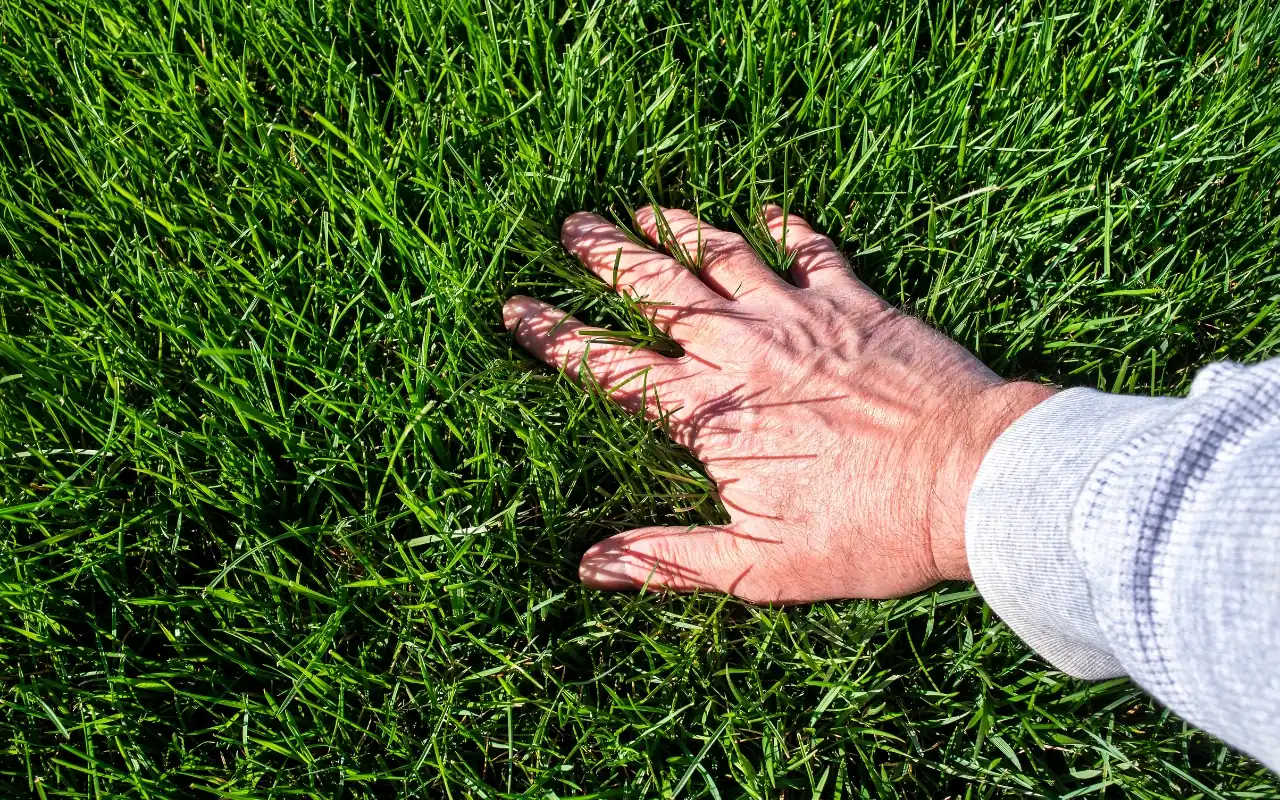
- Thu, Jul 2024
- |
- Moran’s Landscaping & Excavation LLC
Have you ever wondered why some lawns look verdant and inviting while others struggle to thrive? A healthy lawn isn’t just about regular watering or mowing; it’s an art and a science.
Today, we’ll explore essential steps to transform your outdoor space. From the soil composition to the choice of grass, every decision matters. By the end of this post, you’ll know how to create a lush lawn and maintain its health and beauty throughout the seasons.

Cultivating Your Healthy Lawn: A Step-by-Step Guide
Diving deeper into lawn care, each step toward a thriving garden holds its unique importance. Therefore, let’s carefully break down these key steps to keep your grass vibrant and healthy.
1. Test and Amend Your Soil
The Foundation of a Healthy Lawn:
Testing your soil is the first critical step. Soil health determines nutrient availability, pH balance, and moisture retention, all crucial for robust grass. Use a home testing kit or seek professional analysis to understand your soil’s needs. Furthermore, adding the right nutrients to your soil can revive even the most worn-out lawns, paving the way for lush, healthy growth.
2. Choose the Right Grass
Selecting the Best Species:
The right type of grass can make all the difference. When selecting a seed, consider your climate, soil type, and sun exposure. Cool-season grasses thrive in northern climates, while warm-season varieties are perfect for southern lawns. Additionally, choosing drought-resistant grass types can significantly reduce water usage and maintenance costs.
3. Effective Watering Habits
Hydration Without Overdoing It:
Water your lawn deeply but infrequently to encourage deep root growth. Early morning watering reduces evaporation and helps prevent disease. Moreover, a smart irrigation system can optimize your watering schedule and ensure that your lawn receives the right amount of water at the right time.
4. Fertilization
Feeding Your Lawn:
Fertilize your lawn based on the grass type and seasonal needs. Organic options like compost can enrich soil health, promoting a green lawn. Seasonal fertilization, especially in early spring and autumn, prepares the grass for active growth and winter dormancy, respectively.
5. Weed and Pest Management
Protecting Your Green Space:
Control weeds and pests with targeted treatments. Prefer natural solutions to maintain ecological balance and lawn health. Regular inspections help catch issues early, significantly reducing the need for chemical interventions.
6. Aeration
Breathing Life Into Your Lawn:
Aerating your lawn can dramatically improve its health by allowing air and water to penetrate built-up grass or lawn thatch. Also, this helps roots grow deeply, producing a stronger, more vigorous lawn. Annually aerating your lawn will ensure it remains breathable and absorbs nutrients effectively.
7. Overseeding
Renewing Your Lawn:
Overseeding is essential for maintaining dense, lush grass. Sprinkling new grass seed over existing turf can fill in bare spots and enhance your lawn’s color and texture. This practice is particularly beneficial in the fall, giving the seeds ample time to establish themselves before the winter.

Cultivating Success in Your Garden
Finally, a lush, healthy lawn does more than just beautify your surroundings; it creates a space for relaxation and enjoyment. We’ve shared practical steps to guarantee your grass thrives in any season. Feel free to reach out if you want to transform your outdoor area or need more tailored advice.
